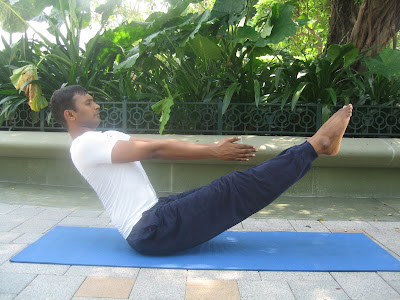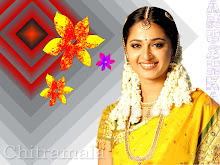
A simple solution to beating exam stress, peer pressure, social anxiety and fear of being ridiculed, often faced by the urban teenager, lies in yogasana and pranayama techniques. These exercises if performed before and after study hours have tremendous benefits. Asanas that help include virasana, swastikasana, simhasana, shunmukhi mudra, viparitikarni mudra, sarvangasana, shirshasana, suptkonasana, nadishoddhana pranayama, sitkari, sheetali pranayama and trataka karma. Relaxation techniques such as shavasana, vamangasana, dakshinasana, yoga nidra, pranadharna and nispadbhava encourage the child to get to the root cause of his/her anxiety and worry. It can develop the child’s spontaneity and help him achieve a balanced and trained mind. Fear of failure can be overcome through the practice of marichiasana, pashasana, bharadvajasana, upavistakonasana, suptkurmasana and bhadkonasana, sahaj ujjayi pranayama, kagadivya pranayama, bhramari (internal pranayama). Mind, body and soul integration through rangachikitsa (colour therapy) helps expand consciousness. Surya namaskara channelises youthful energy and enhances the endocrine function to stimulate proper structural, physiological, psychological, emotional and spiritual growth. Extremes of behaviour (signs of the change in the endocrine system) can be regulated through inverted postures such as halasana, karnapidasana, viparitadandasana and sethubandhasana. Laziness and lethargy, a common feature of the growing child, can be addressed through janushirshasana, paschimatanasana, ardha baddha padma paschimauttanasana, trianga mukhaekpada paschimauttanasana and padmasana with gyan mudra. Poses that influence and boost the child’s confidence are lolasana, navasana, bhujapidsana, ashthavakrasana, tittibhasana, bakasana, garudasana, natrajasana, vrikshasana, urdhwahasta-ardha-padmasana, urdhwa prasarita ekpadasanan and vatayanasana. A crucial phase in life, adolescence is the golden stage which if nurtured well will lead to a healthy, developed individual. The writer is a yoga teacher and holistic healer


